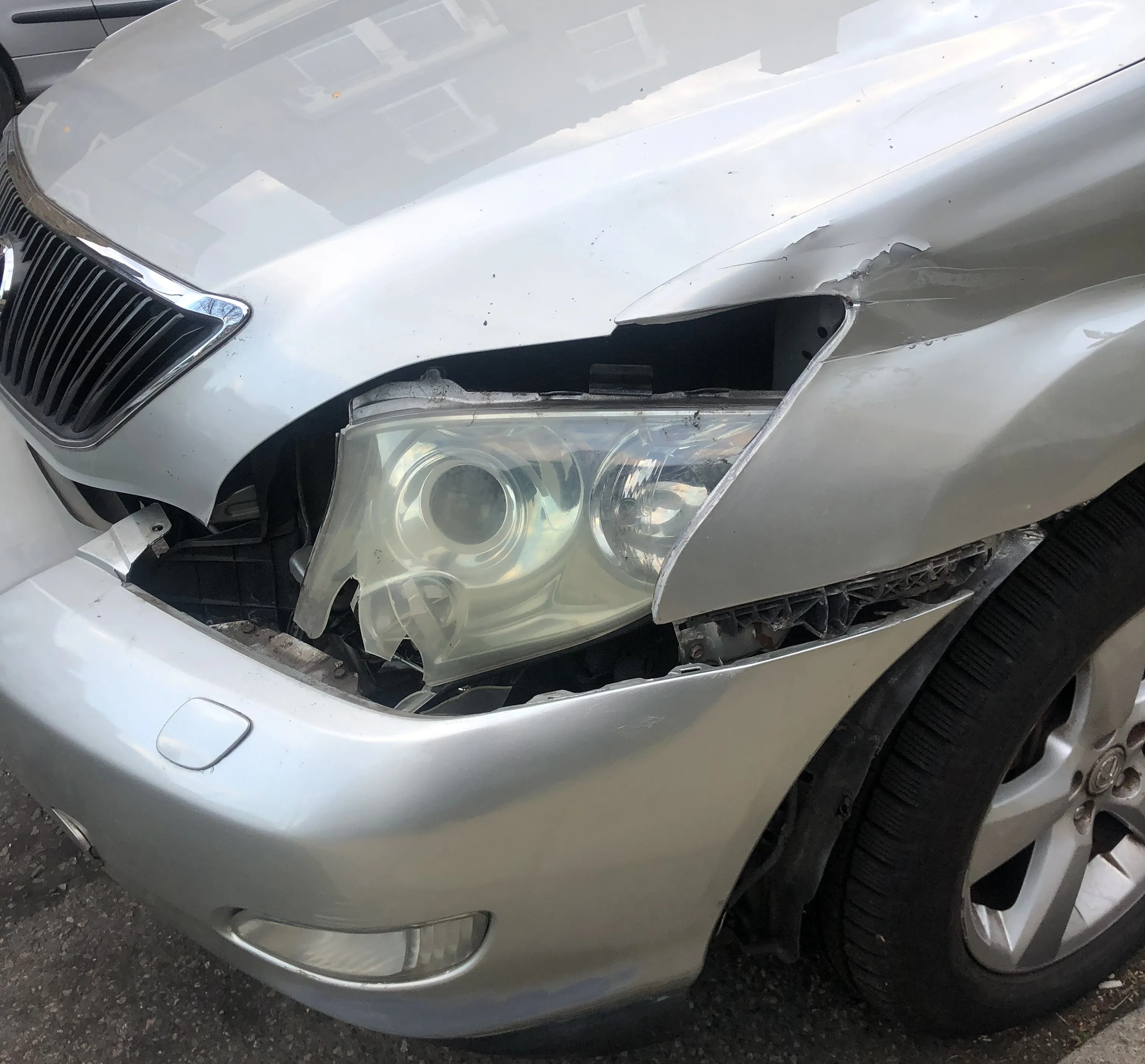New data from the US state of Ohio reveals worryingly high levels of highway construction work zone deaths. Fatalities in the state’s highway work zones doubled in the period from 2009-2011, according to data from the National Highway Traffic Safety Administration. The figures are the most recent available and include both motorists and construction workers. Meanwhile, ODOT is piloting a new program aimed at reducing vehicle crashes and making construction work zones safer. “ODOT tries to do all we can to e
April 23, 2013
Read time: 2 mins
New data from the US state of Ohio reveals worryingly high levels of highway construction work zone deaths. Fatalities in the state’s highway work zones doubled in the period from 2009-2011, according to data from the 2467 National Highway Traffic Safety Administration. The figures are the most recent available and include both motorists and construction workers. Meanwhile, ODOT is piloting a new program aimed at reducing vehicle crashes and making construction work zones safer. “ODOT tries to do all we can to ensure families and construction workers are safe on Ohio’s highways,” said 7272 Ohio Department of Transportation director Jerry Wray. “Motorists can do their part too, by slowing down, driving the posted speed limit, staying alert, and avoiding distractions – especially cell phone distractions.”
ODOT discussed ways to improve work zone safety at the agency’s official start of National Work Zone Safety Awareness Week in Columbus. The event was aimed at saving lives and preventing injuries in work zones and included a demonstration of a new piece of equipment that could help reduce the number of crashes in construction work zones. ODOT is piloting the new safety weapon, known as variable speed limit trailers. The portable devices come with technology that can be programmed to display a safer, slower speed, but only on the stretches of roadway where construction workers are present. Around the state, there are 10 construction projects this year that will pilot the use of variable speed limit signs.
An ODOT analysis revealed that 56,945 vehicle crashes occurred in Ohio work zones from 2003 to 2012. Of those crashes, 20,590 happened when construction workers were present. In fact, a person is more likely to be injured or killed in a work zone on a dry and sunny August afternoon than any other time of year. The top causes of work zone crashes are speed, following too closely, failure to control and improper lane changes.
ODOT discussed ways to improve work zone safety at the agency’s official start of National Work Zone Safety Awareness Week in Columbus. The event was aimed at saving lives and preventing injuries in work zones and included a demonstration of a new piece of equipment that could help reduce the number of crashes in construction work zones. ODOT is piloting the new safety weapon, known as variable speed limit trailers. The portable devices come with technology that can be programmed to display a safer, slower speed, but only on the stretches of roadway where construction workers are present. Around the state, there are 10 construction projects this year that will pilot the use of variable speed limit signs.
An ODOT analysis revealed that 56,945 vehicle crashes occurred in Ohio work zones from 2003 to 2012. Of those crashes, 20,590 happened when construction workers were present. In fact, a person is more likely to be injured or killed in a work zone on a dry and sunny August afternoon than any other time of year. The top causes of work zone crashes are speed, following too closely, failure to control and improper lane changes.







